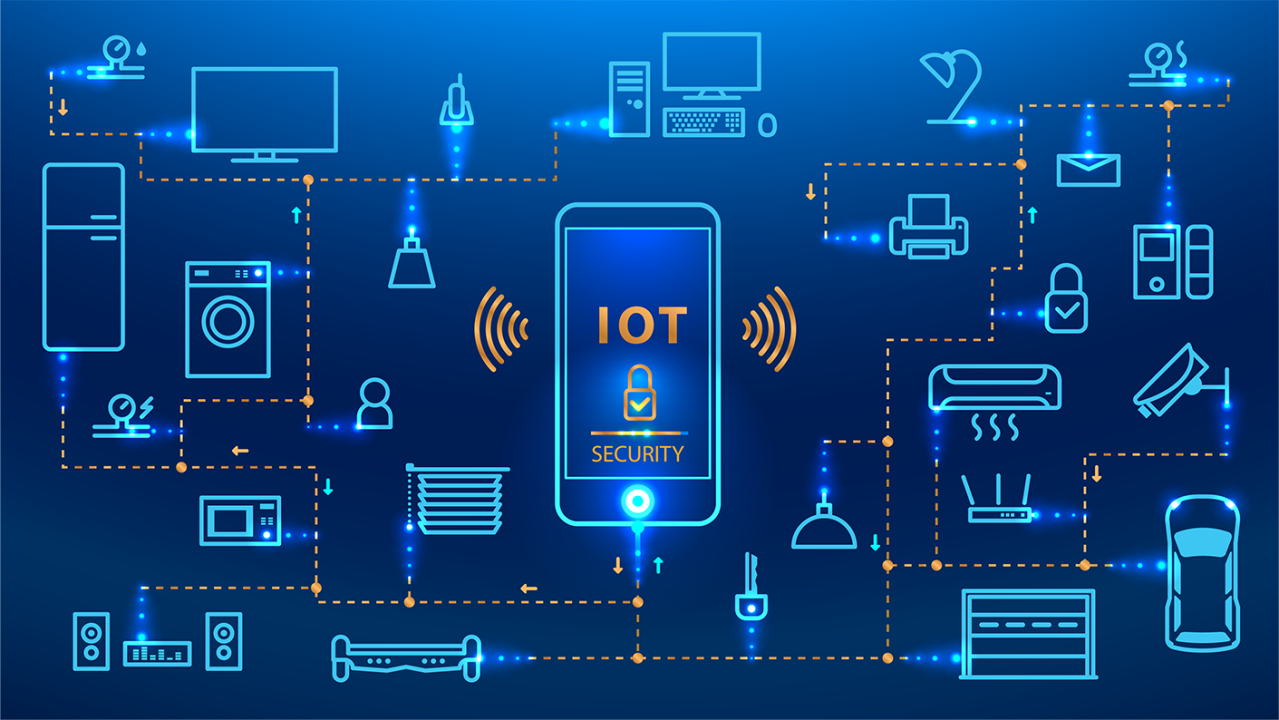
Cybersecurity in the Era of the Internet of Things: Navigating the Minefield of Connected Devices
By Adedayo Oyetoke, Published on: February 15th 2024 3 min, 455 word Views: 977
The Internet of Things (IoT) is rapidly transforming our lives, weaving an intricate tapestry of interconnected devices – from smart homes and wearables to industrial automation and connected cities. While the convenience and efficiency are undeniable, this ever-expanding network also presents a significant challenge: Cybersecurity.
A Booming Landscape, a Breaching Danger Zone:
With billions of devices expected to be connected by 2025, the attack surface for cybercriminals is exploding. These devices often have limited security measures, making them easy targets for malware, data breaches, and even physical manipulation.
Vulnerability Hotspots:
- Unsecured connections: Many IoT devices lack basic security protocols like encryption, leaving data vulnerable during transmission.
- Outdated software: Frequent updates are crucial for patching vulnerabilities, but many devices lack automated update mechanisms, exposing them to known exploits.
- Weak passwords: Default passwords and predictable credentials are easy for hackers to crack, granting them access to the device and potentially the entire network.
- Data privacy concerns: IoT devices collect vast amounts of personal data, raising concerns about unauthorized access, misuse, and data breaches.
The Ripple Effect:
The consequences of an IoT security breach can be widespread and devastating. Individuals face risks like identity theft, financial loss, and even physical harm if hacked devices control critical infrastructure. Businesses, on the other hand, can suffer data breaches, operational disruptions, reputational damage, and financial losses.
Securing the Future:
While the challenges are numerous, solutions are emerging to navigate the complex landscape of IoT security. Here's what individuals and businesses can do:
For Individuals:
- Choose secure devices: Opt for devices with strong encryption, regular software updates, and multi-factor authentication.
- Change default passwords: Create strong, unique passwords for each device and avoid using personal information.
- Secure your network: Use a strong Wi-Fi password and disable features like guest access when not needed.
- Be mindful of data sharing: Understand what data is collected by your devices and be cautious about sharing it with third-party apps.
- Stay informed: Keep yourself updated on the latest security threats and best practices.
For Businesses:
- Implement a comprehensive security strategy: This should include device management, vulnerability assessments, intrusion detection systems, and incident response plans.
- Segment your network: Separate IoT devices from critical systems to minimize the impact of a breach.
- Invest in employee training: Educate employees on cybersecurity best practices and how to identify and report suspicious activity.
- Choose vendors with a strong security track record: Look for vendors who prioritize security in their design and development processes.
- Stay vigilant: Continuously monitor your network for suspicious activity and update security measures as needed.
Navigating the future of the IoT requires a proactive approach to cybersecurity. By understanding the risks and implementing effective solutions, both individuals and businesses can harness the power of interconnected devices while mitigating the ever-present security threats.
